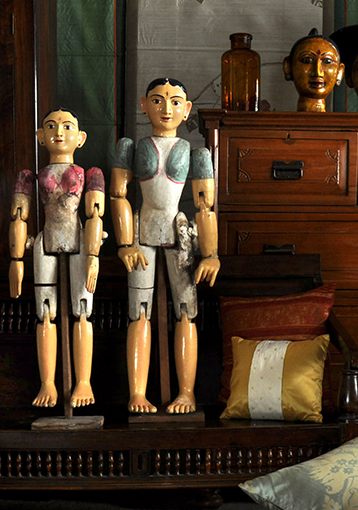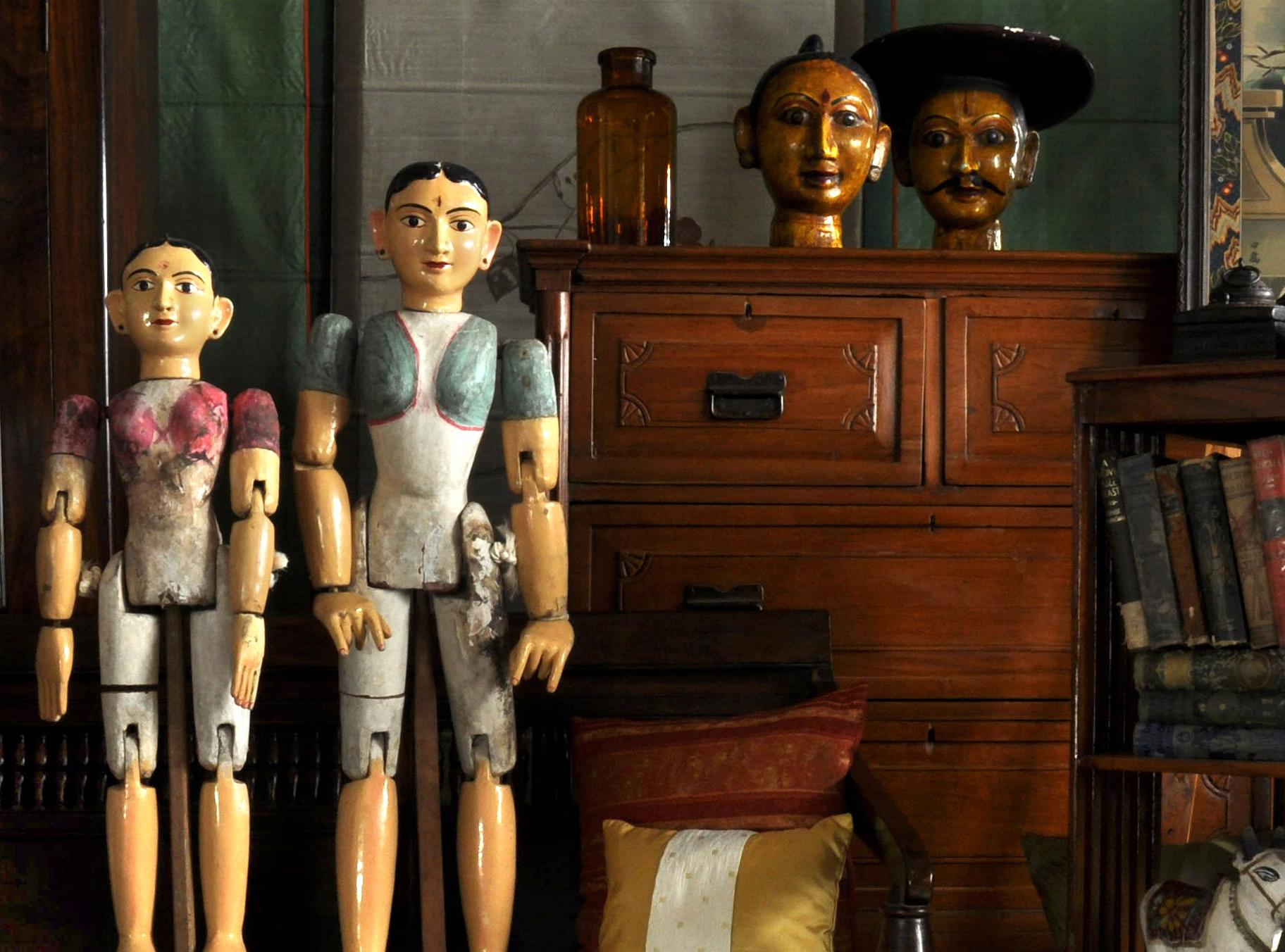- Home
- The Ideals Of Indian Art; 1911, First American Ed.
Loading...
The Ideals Of Indian Art; 1911, First American Ed.
All orders are insured for transit.
This item cannot be shipped outside India.
All orders are insured for transit.
This item cannot be shipped outside India.
Details
| Authors: | E.B. Havell |
| Size(WxDXH): | 7.5 x 1.5 x 10.25 inches |
| Medium: | Antiquarian Book |
| Year: | 1911 |
| Edition: | First American Edition |
Description
“The Hindu Newspaper: At a time when his predecessors such as James Fergusson and Alexander Cunningham (both were archaeologists carrying out excavations in India) adopted a Eurocentric approach in their scholarly discourses, Havell edged them out with discourses of aesthetics and Indian ideals of art. In his opinion, Indian sculptures, which are highly original and creative, could be ranked with the noblest creations of the West. These ideals and attitudes had worked behind his reformative methods, which he introduced in the curriculum of art teaching…
This book revolves “around certain notions of art versus archaeology of a sharply polarised Indian versus Western point of view. Havell's main defence of Indian art was to offer an artistic and aesthetic interpretation and to place himself at the Indian point of view, which could be arrived at only through unearthing the divine and ideal in Indian art.”
Background History:
“Ernest Binfield Havell (1861–1934), who published under the name E.B. Havell, was an influential English arts administrator, art historian and author of numerous books about Indian art and architecture. He was a member of the Havell family of artists and art educators. He was the principal of the Government School of Art, Calcutta from 1896 to 1905, where, along with Abanindranath Tagore, he developed a style of art and art education based on Indian rather than Western models, which led to the foundation of the Bengal school of art.”
Condition:
Good condition. Hardcover in blue boards with gilt decoration and titles to upper board and spine. All plates present and in near fine condition. Toning and foxing throughout except on illustrations. Top and bottom of spine bumped and torn. White spots on back board. Bookplate of Andre Champollion (1880-1914), a gentleman scholar and artistic dilettante with a talent in painting, who focused on people and places in his travels including Japan and India.
-
Description
Read MoreFirst American edition of ‘The Ideals Of Indian Art’ by E.B. Havell 1911. Formerly principal of the Government School of Art and Keeper of the Art Gallery, Calcutta. Printed by E.P. Dutton and Company, New York. First published by John Murray in London in 1911. There are 33 plates including tissue-protected frontispiece illustration of Parvati dancing.
“The Hindu Newspaper: At a time when his predecessors such as James Fergusson and Alexander Cunningham (both were archaeologists carrying out excavations in India) adopted a Eurocentric approach in their scholarly discourses, Havell edged them out with discourses of aesthetics and Indian ideals of art. In his opinion, Indian sculptures, which are highly original and creative, could be ranked with the noblest creations of the West. These ideals and attitudes had worked behind his reformative methods, which he introduced in the curriculum of art teaching…
This book revolves “around certain notions of art versus archaeology of a sharply polarised Indian versus Western point of view. Havell's main defence of Indian art was to offer an artistic and aesthetic interpretation and to place himself at the Indian point of view, which could be arrived at only through unearthing the divine and ideal in Indian art.”
Background History:
“Ernest Binfield Havell (1861–1934), who published under the name E.B. Havell, was an influential English arts administrator, art historian and author of numerous books about Indian art and architecture. He was a member of the Havell family of artists and art educators. He was the principal of the Government School of Art, Calcutta from 1896 to 1905, where, along with Abanindranath Tagore, he developed a style of art and art education based on Indian rather than Western models, which led to the foundation of the Bengal school of art.”
Condition:
Good condition. Hardcover in blue boards with gilt decoration and titles to upper board and spine. All plates present and in near fine condition. Toning and foxing throughout except on illustrations. Top and bottom of spine bumped and torn. White spots on back board. Bookplate of Andre Champollion (1880-1914), a gentleman scholar and artistic dilettante with a talent in painting, who focused on people and places in his travels including Japan and India.
-
Details
Authors: E.B. Havell Size(WxDXH): 7.5 x 1.5 x 10.25 inches Medium: Antiquarian Book Year: 1911 Edition: First American Edition -
Returns
We accept returns within 7 days of delivery if the item reaches you in damaged condition. -
Shipping
Shipping costs are extra, and will be calculated based on the shipping address.All orders are insured for transit.
This item cannot be shipped outside India.
This item has been added to your shopping cart.
You can continue browsing
or proceed to checkout and pay for your purchase.
This item has been added to your
shopping cart.
You can continue browsing
or proceed to checkout and pay for
your purchase.
This item has been added to your wish list.
You can continue browsing or visit your Wish List page.
Are you sure you want to delete this item from your Wish List?
Are you sure you want to delete this
item from your Wish List?

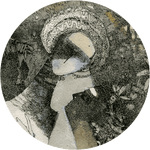
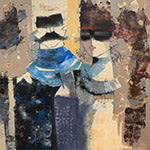
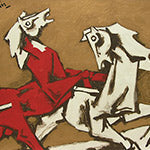
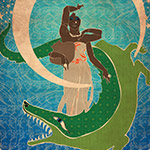
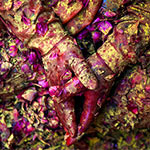
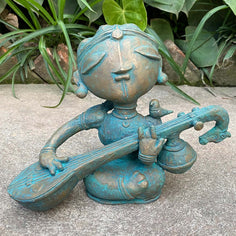
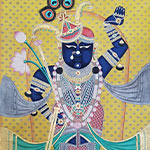
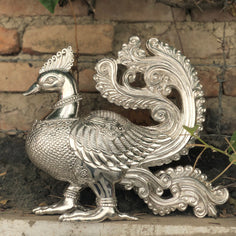
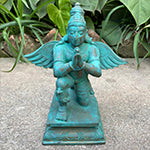
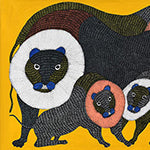
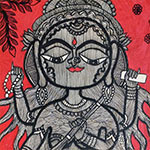
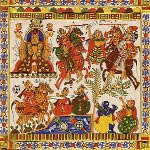
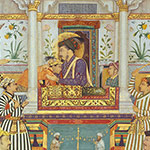
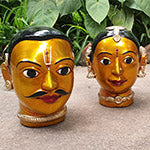

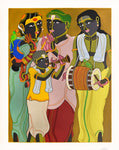
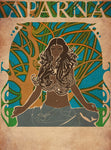
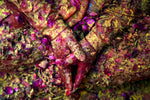
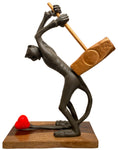
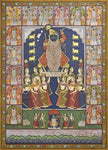
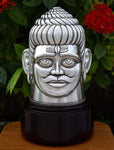


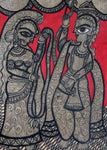
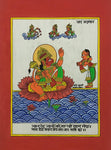
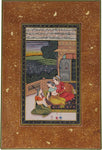
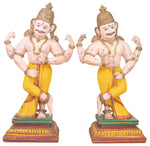
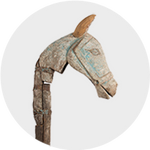
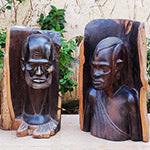
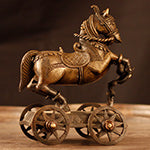
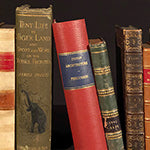
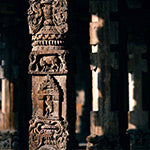
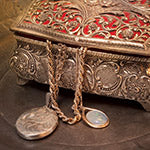
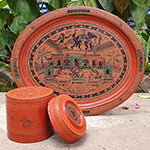
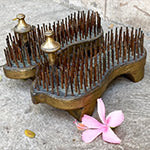
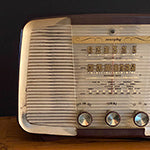
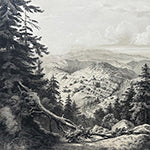
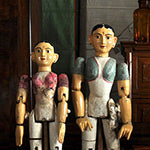
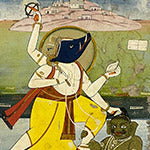
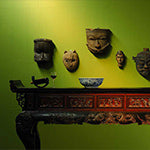
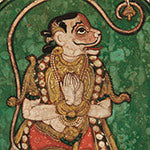
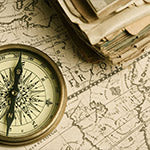
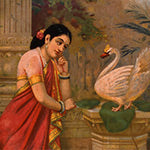
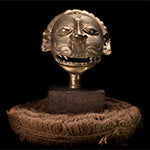
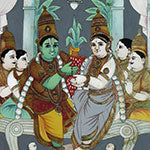
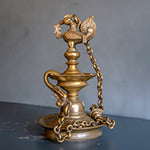
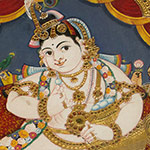
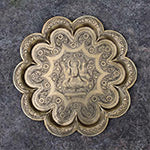
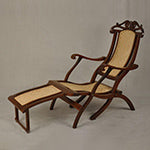
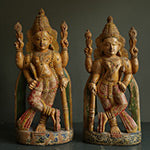


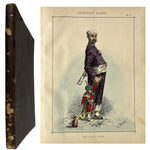

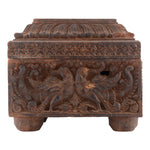
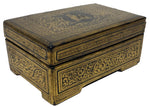
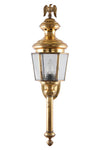

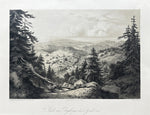


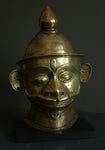
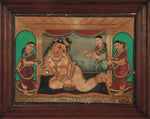
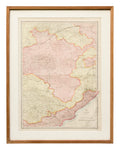
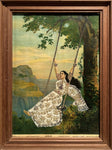

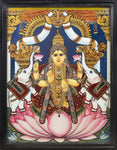

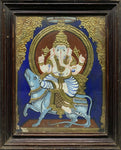
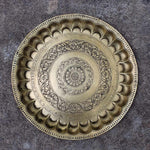
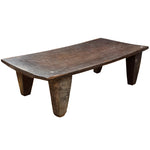
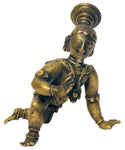
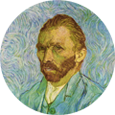

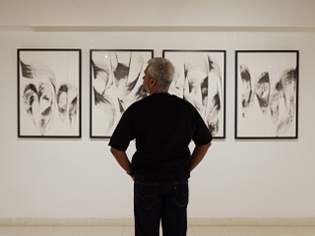
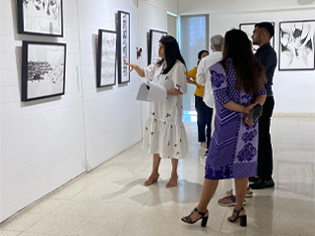
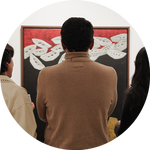
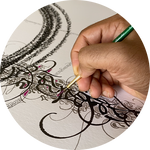


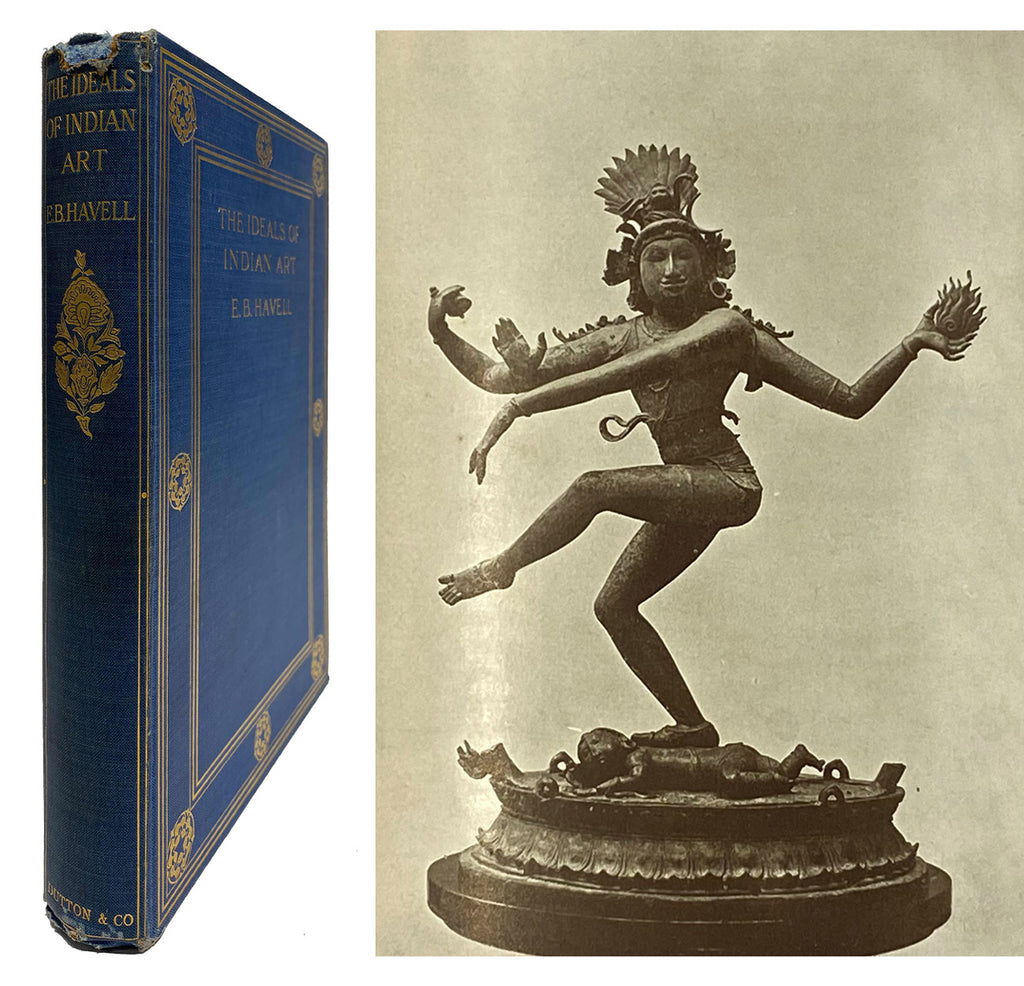
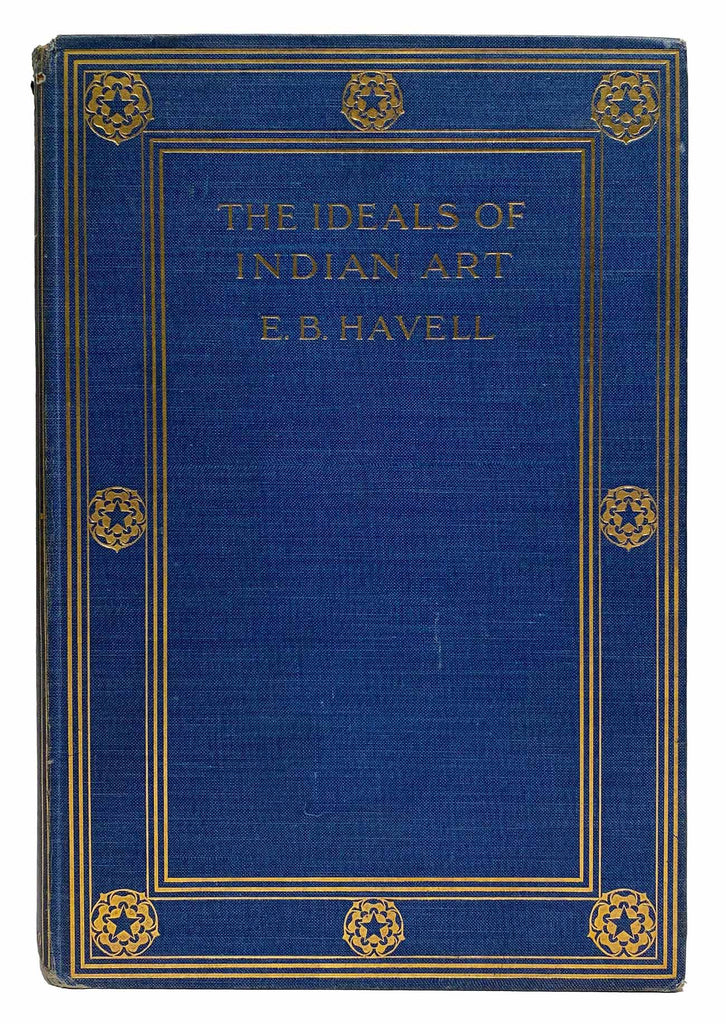
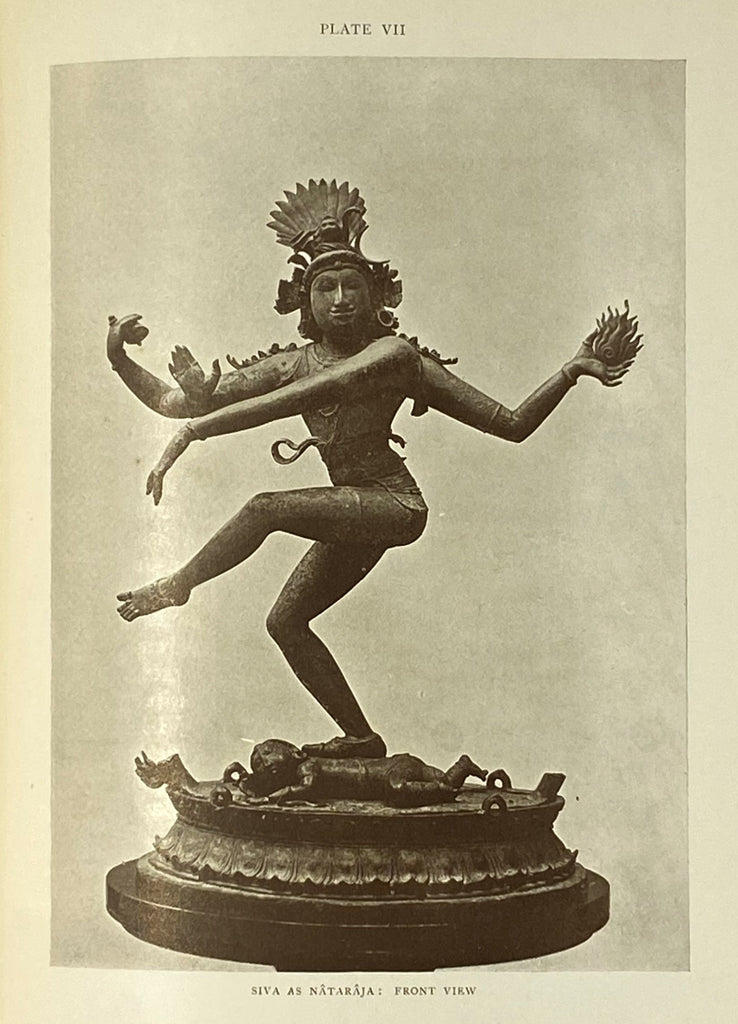


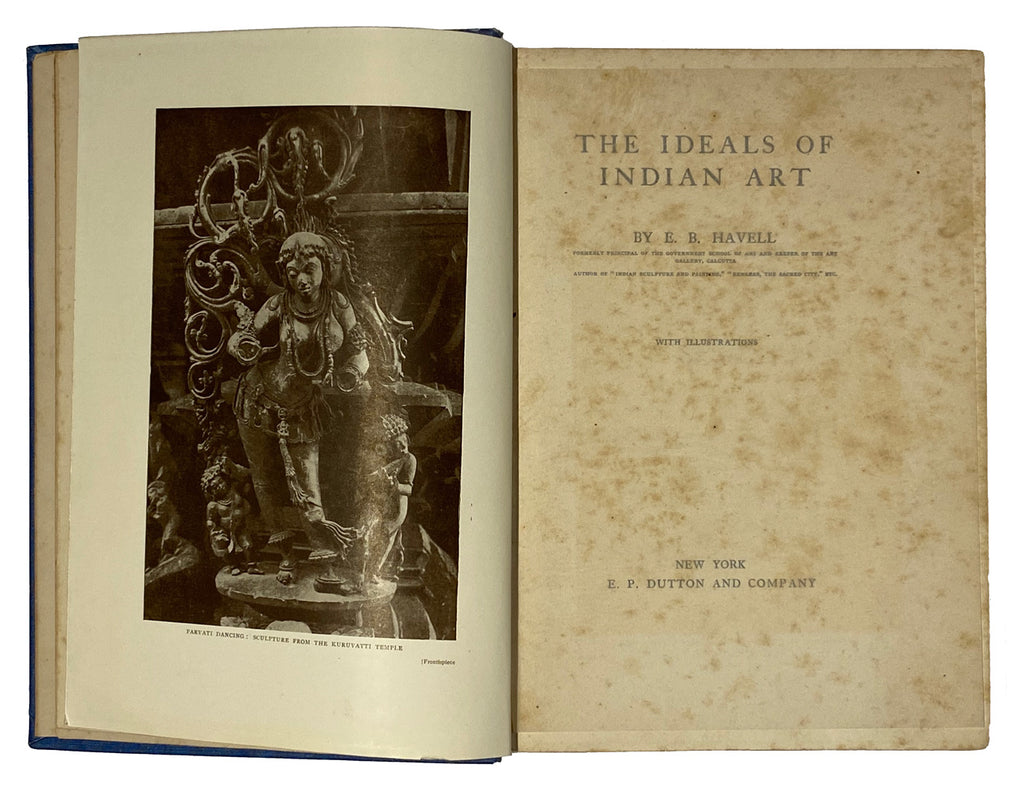
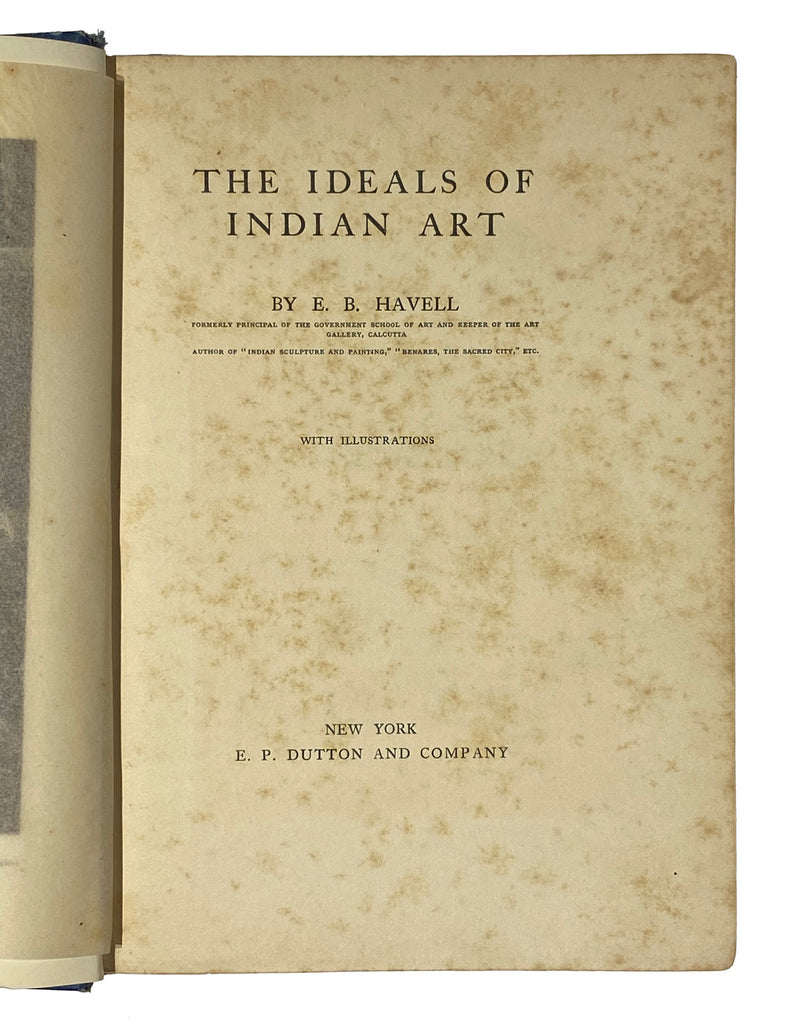
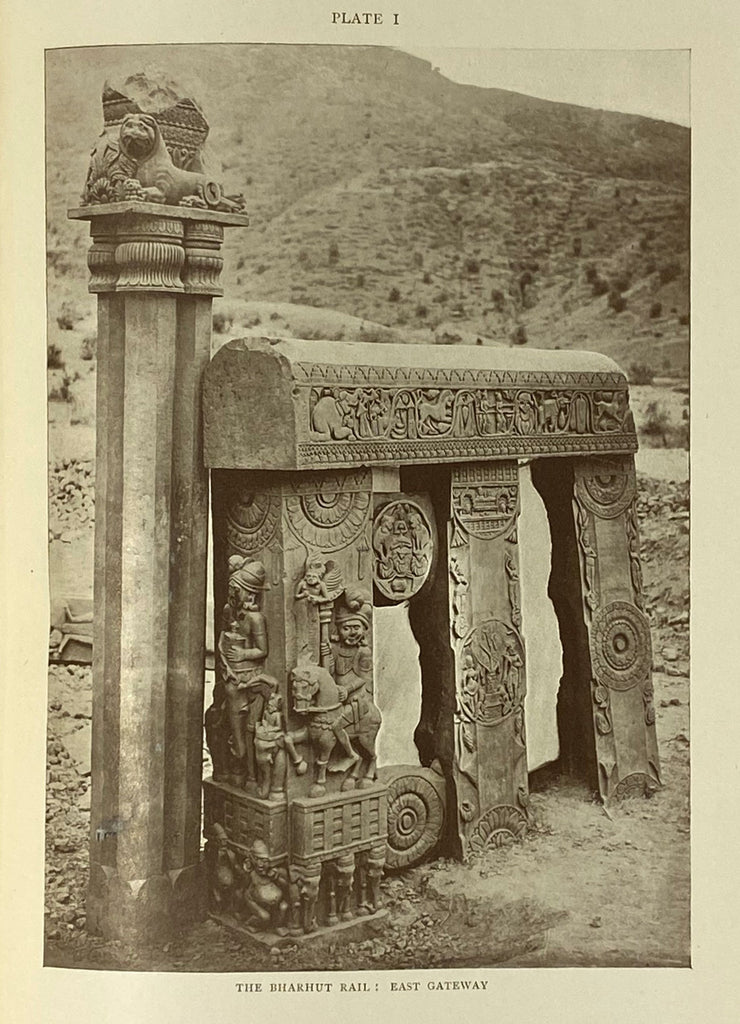



 View Full Screen
View Full Screen

